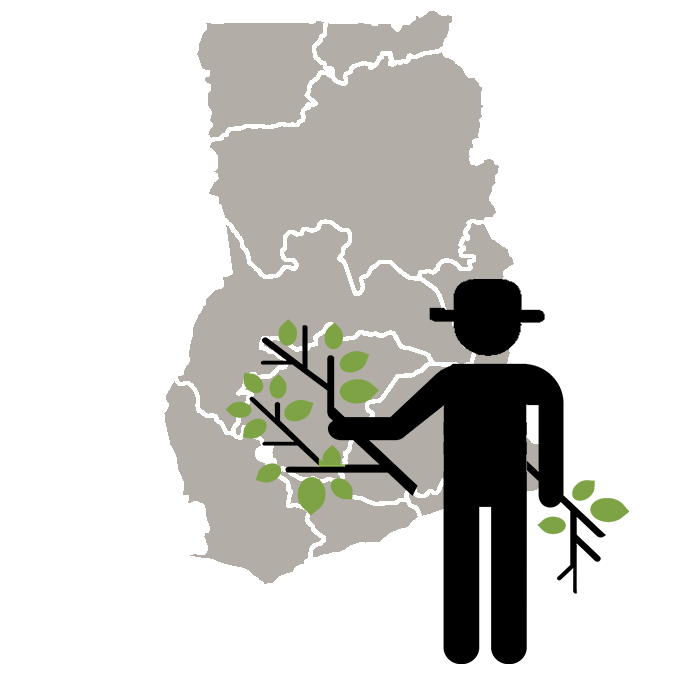During the Second World War the Moringa tree has been introduced to Ghana by the Germans. Nowadays the tree widely grows in the country. The Moringa tree has an excellent resistance against drought because it only needs 250 mm of rain annually. It grows best between 25 °C and 40 °C. This makes it a perfect plant to grow in countries like Ghana.
Although the Moringa tree is well known, it has not yet been accepted for regular consumption in the Ashanti region. There exist several trees which are used for animal fodder. The farmers are unfamiliar with the production process of the powder and its threats. Moreover they do not possess the accurate equipment.
There are already a few existing Moringa processing projects in Ghana, for example one nearby, the Ghana Permaculture Institute. Here farmers bring their already dried Moringa leaves to the Institute. At this institute the farmers can grind the leaves to powder, with a mechanical grinder or manually with mortar and 17 pestle. The Mor Nutro powder project was set up in 2014 and are still working on setting up a similar Moringa processing system.
